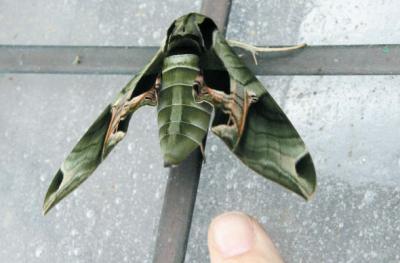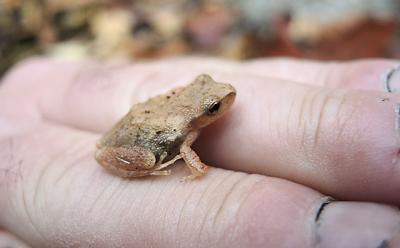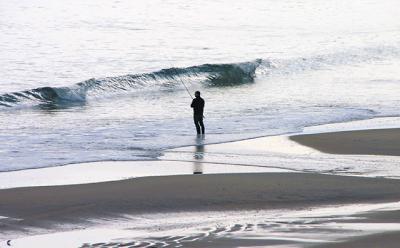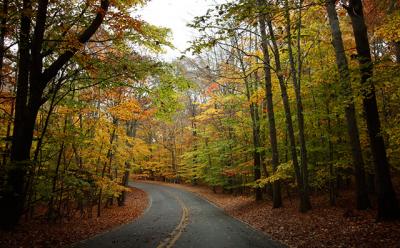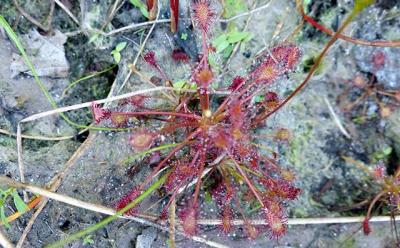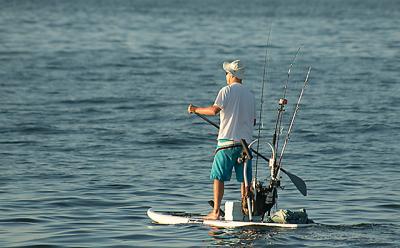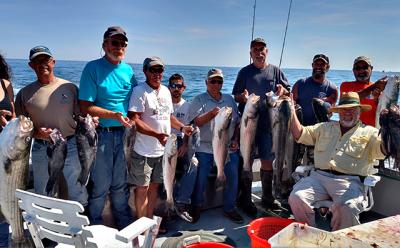Nature Notes: The Oak and the Oyster
Nature Notes: The Oak and the Oyster
Ah, fall, the sound of acorns dropping on the roof on a breezy night can wake you up, but it’s much more comforting than the sound of the rain of frass from a thousand gypsy moth larvae defecating at the same time. The acorn that falls on your roof and rolls off does not fall far from your house.
It’s a miracle of sorts, a potential 150-foot-tall oak in a roundish hard nut no bigger than a cherry. Thousands of such potential miracles have been cluttering up my yard with the odd chance that a few will survive to become seedlings to grow into saplings to become adult trees and acorn-bearers themselves.
Chances are slim, but that is why an oyster in season will release thousands of eggs or sperm in the hopes that a few of each will combine, morph into larvae, develop tiny shells, and drop to the bottom to begin their two-to-three-year course to maturity. Most of the would-be oysters from the first release of their gametes will end up in the mouths of zooplankton, fish, sea birds, jellyfish, even whales.
That marvelously manufactured acorn with its little top point so wonderfully sitting in its cup covered with scales is not only the staff of oak tree life but the staff of life for 100 different critters, including squirrels, blue jays, white-footed mice, chipmunks, acorn woodpeckers, wild turkeys, deer, foxes, opossums, raccoons, even black ducks out of water, foraging on land.
Such diverse forms as the oak tree and the oyster have come up with the same strategy for survival, called “swamping” in ecology. One produces so many of one kind in the course of reproduction that a few will get through the slings and arrows of their consumers and make it to maturity, but it only takes a few.
In the case of the oaks, they have another trick up their sleeves. Mix up your acorn-producing years; don’t produce a big crop every year, maybe only every third or fourth year. Almost all nut producers in nature employ a similar strategy. In this way, the trees regulate the population size of the animals that count on them for food.
The forest is not like a farm field. Practically every seed sewn across a farm field germinates and grows to maturity, given water and the kind of care that seeds in the wild don’t receive. That is why, when you walk through an oak-hickory hardwood forest on eastern Long Island, you find very few offspring waiting in the wings to follow in the footsteps of their parents. Come a massive nut drop or fire and in a few years the place is jumpingwith tree seedlings.
Oaks don’t entirely depend on their fruit-producing strategy. They have another ace up their sleeves. They produce tannins. Oaks lent their name to the little stream that flows under Soak Hide Dreen into Three Mile Harbor’s south end, Tan Bark Creek. Tannins are great for coloring the water brown and treating hides for human uses but taste lousy to would-be nibblers, save gypsy moth larvae, oak-leaf borers, and others like them. The animals that eat acorns almost never eat the foliage. But even the insects that feed on the oaks generally prefer white oaks to black and scarlet oaks because the white oaks have less tannin. It’s the same reason that Native Americans who made flour from acorns preferred the white oak acorns over the others.
On our walk through the woods bordering Long Pond south of Sag Harbor on Sunday last we came upon several little oaks and hickories widely spaced in their distribution. Their leaves were larger in size than the leaves on the oaks and hickories towering above them that spawned them and they were mostly along the trails or in semi-open areas. Why is that? During the growing season from May through August the canopies of the mature trees capture most of the incoming light; larger leaves increase the chances of catching what’s left.
On the same walk, three trail-blazing off-road vehicles screamed past. The boys driving them were obviously not there to see the autumn foliage. But the view across Long Pond at our final stop was breathtaking nonetheless. The tupelos had all turned to burgundy, the swamp maples to reds and oranges. Geese and a pair of swans paddled slowly toward the far side.
One wonders if the deer, turkeys, squirrels, and other fauna occupying those woods appreciate the view as much as we did when they come to drink at the edge of the pond. Aesthetics and the appreciation of nature were not given solely to humans. Think of bowerbirds, peacocks, and the like, and please don’t blame the deer for being themselves.
Larry Penny can be reached via email at [email protected].

